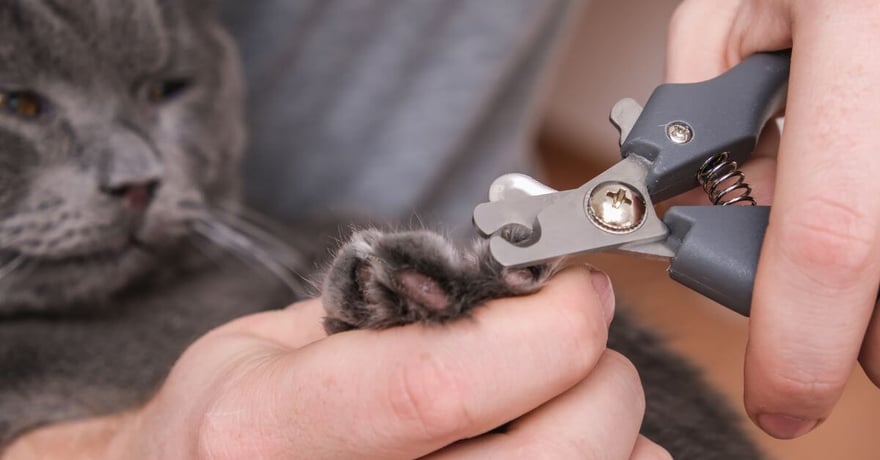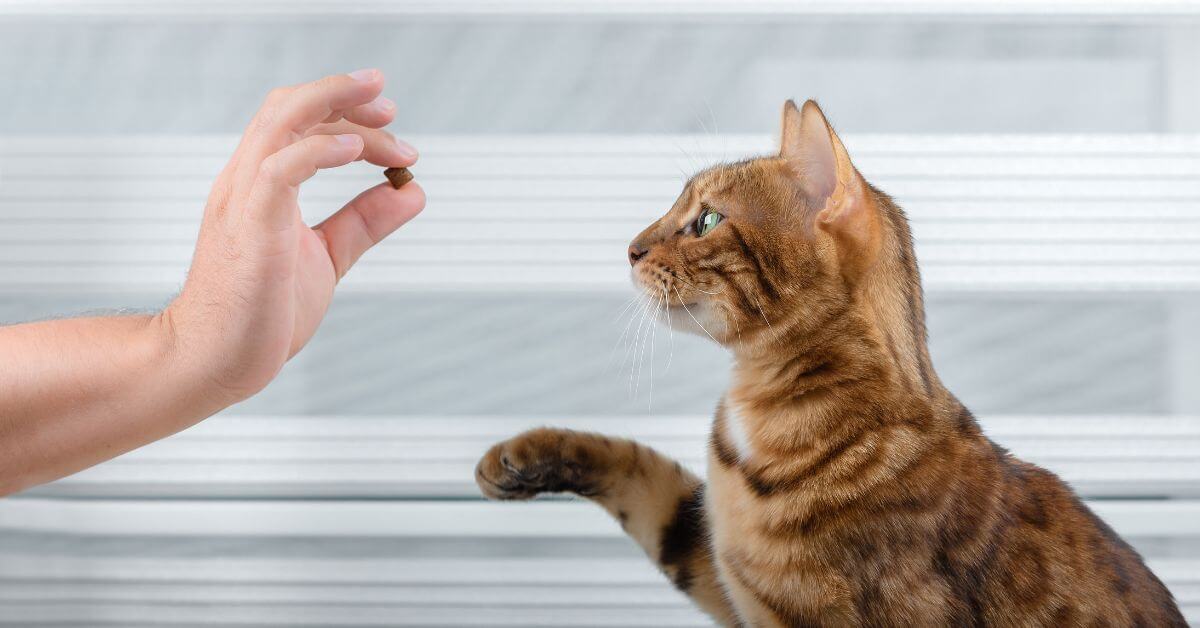How to Safely Trim Your Cat's Claws

Cats are known for their sharp claws, which they use for various activities such as scratching, climbing, and hunting. While these claws are essential for their well-being, they can also pose a threat to your furniture and even your skin if not properly maintained. Trimming your cat's claws is an important part of their grooming routine and can be done safely with the right techniques and tools. In this comprehensive guide, we will explore the step-by-step process of safely trimming your cat's claws, ensuring their comfort and your safety.
Step 1: Understanding the Anatomy of a Cat's Claw
Before diving into the actual process of trimming a cat's claws, it's crucial to understand the anatomy of their claws. A cat's claw consists of several parts, including the following:
- The claw sheath: This is the outer layer of the claw, which is translucent and covers the actual claw.
- The claw core: The core is the sharp, pointed part of the claw hidden beneath the sheath.
- The quick: The quick is a sensitive, pinkish area within the claw that contains blood vessels and nerves. Cutting into the quick can cause pain and bleeding.
Step 2: Gather the Necessary Supplies
Before you start trimming your cat's claws, it's essential to gather all the necessary supplies. Here's what you'll need:
- Cat claw clippers: Invest in high-quality cat claw clippers designed for easy and safe trimming.
- Treats: Have some of your cat's favourite treats on hand to reward them during and after the process.
- Towel or blanket: A soft towel or blanket can help you secure your cat during the trimming process.
- Styptic powder: This is essential in case you accidentally cut the quick. It helps stop bleeding.
Step 3: Preparing Your Cat
Before you start trimming, you'll want to make sure your cat is relaxed and comfortable. Here's how to prepare your feline friend:
- Choose a quiet environment: Pick a quiet, well-lit room where you and your cat can focus without distractions.
- Relaxation: Spend some quality time with your cat to help them relax before the procedure. Petting and gentle play can help reduce anxiety.
- Positioning: Wrap your cat in a towel or blanket, leaving only one paw exposed at a time. This will help keep them still and protect you from scratches.
Step 4: Trimming the Claws
Now, let's get to the actual claw-trimming process:
- Inspect the claw: Examine each claw and identify the translucent sheath and the pinkish quick. Your goal is to trim only the sheath.
- Clip the sheath: Hold the cat claw clipper at a 45-degree angle to the claw and make a gentle, quick cut. Be careful not to cut too close to the quick. If you are unsure, it's better to trim less than risk cutting into the quick.
- Trim all claws: Trim all your cat's claws one by one, taking breaks if needed to keep both you and your cat calm.
Step 5: Reward and Comfort Your Cat

After successfully trimming your cat's claws, it's essential to reward and comfort them:
- Treats and praise: Give your cat a treat and lots of verbal praise for their cooperation.
- Affection: Spend some time cuddling and petting your cat to reassure them that everything is okay. Trimming claws can be stressful for everyone involved and your cat will love the comforting.
Step 6: Maintaining a Trimming Schedule
Cat claws grow continuously, so it's essential to establish a regular trimming schedule. The frequency may vary depending on your cat's activity level but aim to trim their claws every 2-4 weeks. Things like a cat scratching-post will help to keep your cat’s nails trimmer over time.
Step 7: Handling Challenges and Safety Tips
Sometimes, cats may not cooperate during claw trimming. In such cases, consider these tips:
- Take breaks: If your cat gets too stressed, take a break and try again later.
- Consult a vet or professional: If you're uncomfortable or have difficulty, consider seeking help from a veterinarian or professional groomer.
Conclusion
Trimming your cat's claws is a crucial part of their grooming routine, promoting their well-being and protecting your belongings. By understanding the anatomy of a cat's claw and following the steps outlined in this guide, you can safely and effectively trim your cat's claws at home. Remember to prioritize your cat's comfort and well-being throughout the process, and always consult a professional if you encounter any difficulties.
Posted on December 7, 2023 | Categories: Cats Kitten Training
Share


